I have done a lot of reading on drawing polygons around clusters and realized convhull maybe the best way forward. Basically I am looking for a elastic like polygon to wrap around my cluster points.
My data is matrix consisting of x (1st column) and y(2nd column) points which are grouped in clusters (3rd column). I have 700 such clusters hence not feasible to plot each separately.
Is there a way to perform convhull for each cluster separately and then plot each of them on a single chart.

EDIT
Code I have written until now which isn't able to run convex hull on each individual cluster...
[ndata, text, alldata] = xlsread(fullfile(source_dir));
[~, y] = sort(ndata(:,end));
As = ndata(y,:);
lon = As(:,1);
lat = As(:,2);
cluster = As(:,3);
%% To find number of points in a cluster (repetitions)
rep = zeros(size(cluster));
for j = 1:length(cluster)
rep(j) = sum(cluster==cluster(j));
end
%% Less than 3 points in a cluster are filtered out
x = lon (rep>3);
y = lat (rep>3);
z = cluster (rep>3);
%% convex hull for each cluster plotted ....hold....then display all.
figure
hold on
clusters = unique(z);
for i = 1:length(z)
k=convhull(x(z==clusters(i)), y(z==clusters(i)));
plot(x, y, 'b.'); %# plot cluster points
plot(x(k),y(k),'r-'); %# plots only k indices, giving the convex hull
end
Below is an image of what is being displayed;
If this question has already been asked I apologize for repetition but please do direct me to the answer you'll see fit.
Please can anyone help with this, however trivial I'm really struggling!

